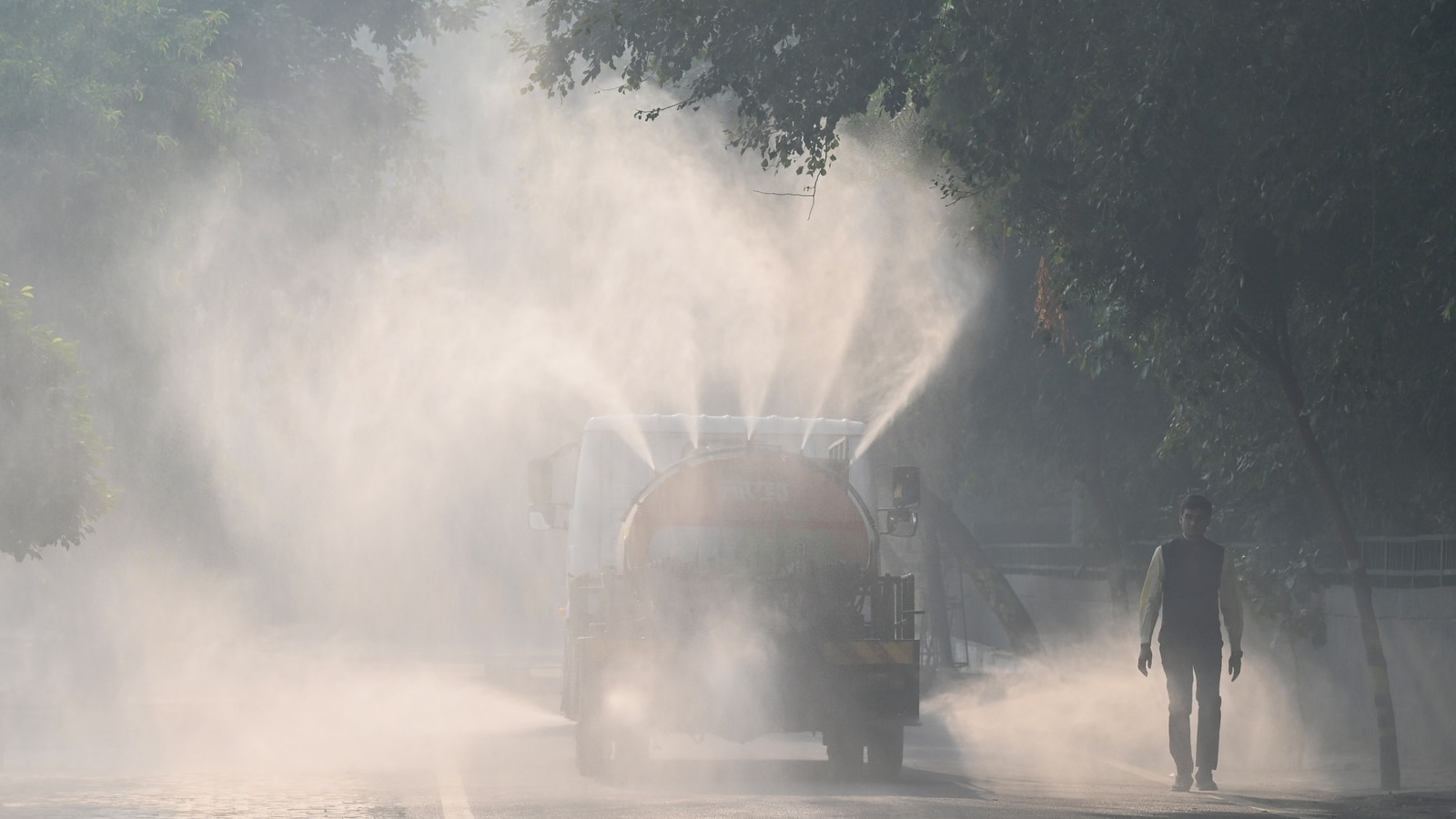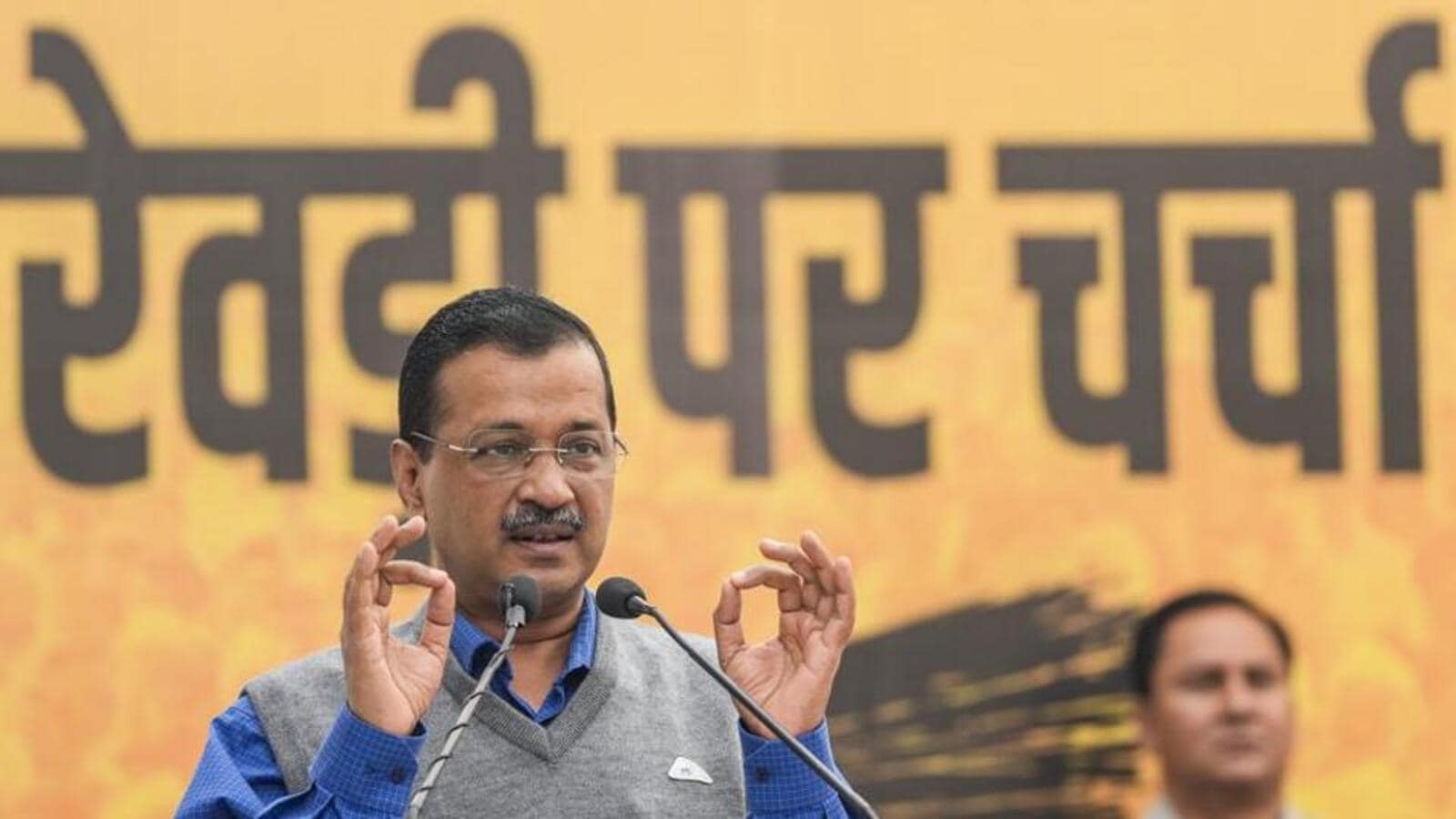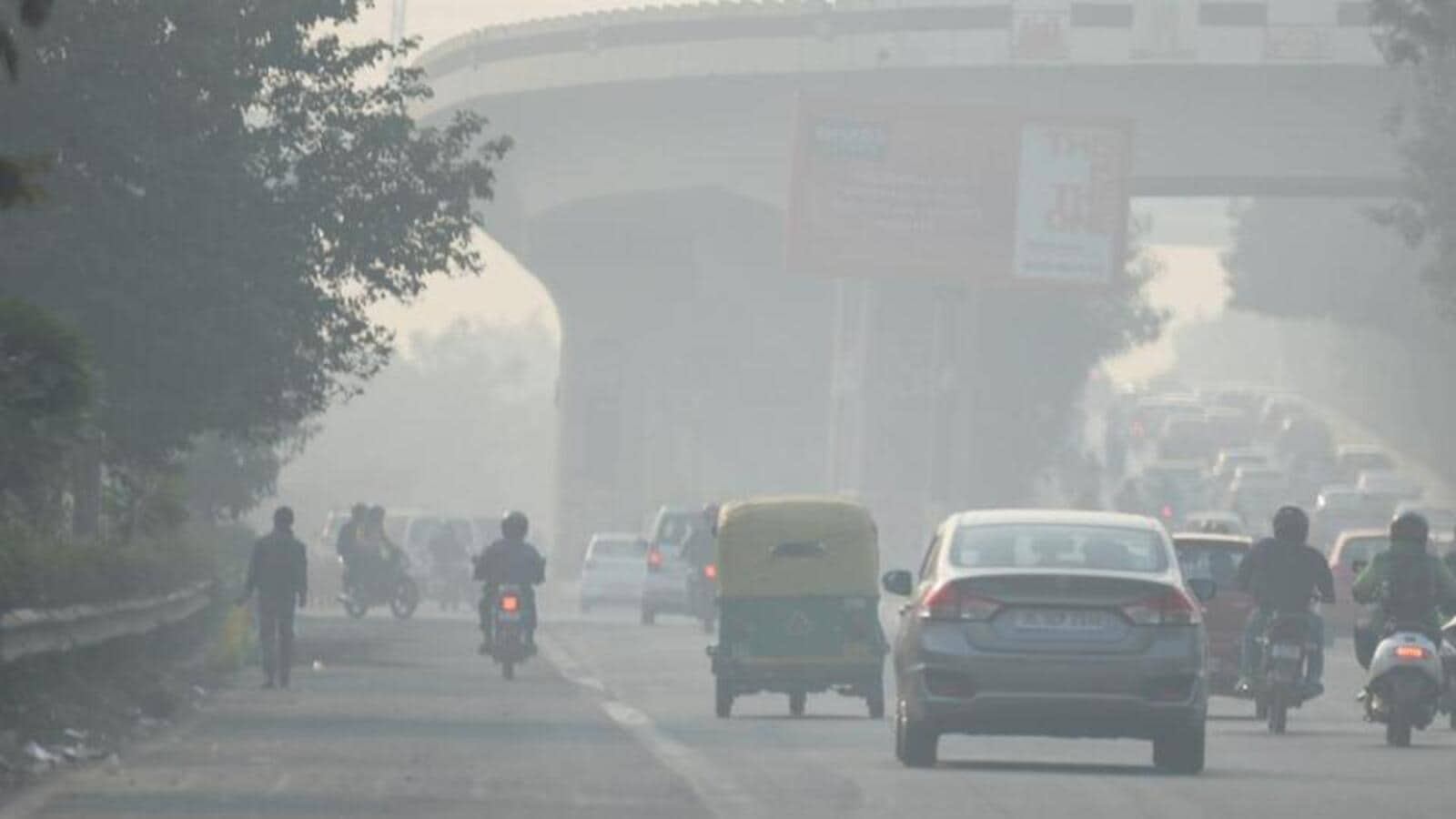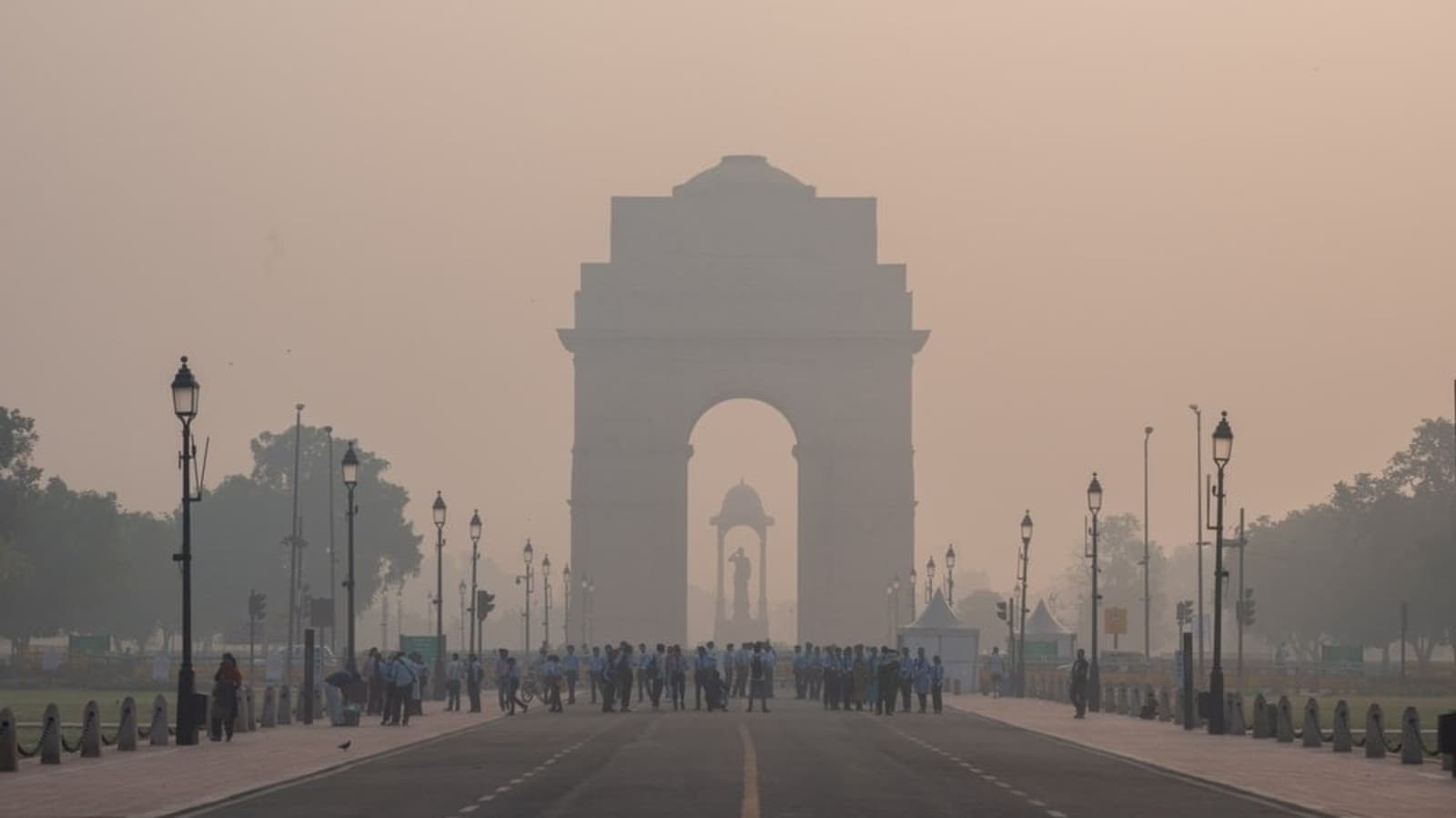The Old Iron Bridge, called bridge number 249 and colloquially known by its Hindi name Lohe ka Pul, was the first modern bridge to be built across the Yamuna, opening for public use in 1866. The double-deck bridge caters to vehicular traffic on the lower deck, and a two-lane railway line on the upper deck, connecting the Old Delhi railway station to the Shahdara railway station.

Lohe ka Pul caters to around 200 trains entering or exiting Delhi daly, and every year during monsoon, the movement of trains is slowed down as the Yamuna comes into spate. In 1998, a new railway bridge running parallel to Lohe ka Pul was envisaged to take the load off the existing structure, and construction began in 2003.
Finally, after decades of delays, the new bridge is likely to open for rail traffic this November.
“There are currently two railway bridges that are operational — Lohe ka Pul and Tilak bridge-Anand Vihar bridge. The work on the new bridge will be completed by October-end, and should be ready for use in November. Another bridge in the form of two more lines parallel to Tilak bridge-Anand Vihar line has also been proposed,” a Northern Railways official said, on condition of anonymity.
Around 46km of the Yamuna flows through Delhi, and at present, 15 functional bridges traverse its width — three barrages to control the flow of the river, two railway bridges, four Metro bridges, and six for vehicular traffic. These serve as key connectivity points for trans-Yamuna areas, which house more than a third of the city’s population despite being just 7.13% of its geographical area.
The new structure, coming up between the Wazirabad barrage and the Signature Bridge, is set to be the 16th functional bridge across the river.
The history of bridges in Delhi
During the Mughal era, areas that today consist of trans-Yamuna localities were hunting grounds for the nobility — this region was reached by crossing the river on elephants. Soon afterwards, these hunting grounds were connected to Red Fort and Salimgarh via a “bridge of boats” — a floating bridge made up of boards that served as pontoons, using which people from nearby regions would travel to Delhi by passing through Shahdara.
Author Narayani Gupta, in her book Delhi Between Two Empires: 1803-1931, wrote that before 1857, the only way to approach Delhi from the east was by crossing this “bridge of boats”.
However, the 1857 rebellion changed everything.
Though the idea of a permanent railway bridge predated the developments of 1857, the large-scale violence of the rebellion — and a paranoia about its recurrence — convinced the British to construct a structure traversing the river, connecting Calcutta — the then capital — to Delhi.
“Myths are often more real than facts, and the image of Delhi’s ‘inflammable population’ was very real to the British,” Gupta wrote.
Construction of the double-decked steel truss bridge connecting central Delhi to Shahdara began in 1863 and finished in 1866. The East India Railway spent £1,616,335 — equivalent of approximately ₹1,900 crore in today’s money — on the project.
Swapna Liddle, the author of Chandni Chowk: The Mughal city of Old Delhi, wrote that the railway came to Delhi with the first train steaming in on New Year’s Eve of 1867. “The railway line was built across the northern half of the city, cutting the city in two. It necessitated the demolition of many houses, and the owners of which were compensated with property confiscated after the revolt,” she wrote.
The Wazirabad barrage was built in 1959, becoming the first modern connectivity to east Delhi after Independence, followed by the ITO barrage in the 1960s. AK Jain, former commissioner (planning) at Delhi Development Authority (DDA), said that the primary purpose of these barrages was the regulation of the flow of the Yamuna — traffic was only secondary. “These barrages were not designed for connectivity,” he said.
Trans-Yamuna: Areas long neglected
The construction of the Wazirabad and ITO barrages led to a population surge in Delhi, with areas such as Laxmi Nagar, Shakarpur, Preet Vihar and Swasthya Vihar coming up.
Later, the Nizamuddin bridge, built in the 1970s as a four-lane bridge before being widened in 1998, fuelled growth in areas such as Mayur Vihar, Trilokpuri, and beyond.
Jain said that the heavily populated areas of east Delhi have faced discrimination in the form of lack of bridges and connectivity, noting that more than 3.5 million people live here, if one goes by numbers just from the 2011 census.
“If we combine Ghaziabad, Indirapuram, Noida, the population which needs more bridges rises to over 6 million. In modern European cities, there is a bridge on an average of 1.5-2km, and Delhi, with a much higher population base, needs more bridges,” Jain said.
Of the 15 bridges in Delhi that are currently operational, only Lohe Ka Pul caters to two types of traffic — rail and vehicular. Jain said that shows a lack of foresight in planning.
“If the Britishers could have planned a dual use bridge in the 19th century, we should have developed double-decker bridges for Metro systems as well vehicular movement. It would have also minimised the environmental impact and disruption in flow of the river,” he said.
BS Vohra, who heads the East Delhi RWA joint front, said that he has been living in east Delhi for over 50 years, and in the early days there were only two bridges for commuters.
“Lohe ka Pul was our main lifeline, and the ITO barrage carriageway, built in the late 1960s, was only a two-lane road, before it was doubled in later years. In addition, Geeta Colony had a pontoon bridge, which had to be closed during the monsoon, when the river flooded,” he said.
Another bridge across the Yamuna acts as a major lifeline for Noida and beyond. The Delhi-Noida Direct Flyway or DND Flyway — India’s first eight-lane access-controlled expressway — opened for traffic in January 2008.
The most massive and iconic bridge in Delhi — the Signature Bridge, which connects Wazirabad to the inner city — is “India’s first asymmetrical cable-stayed bridge”, according to Delhi government, which shortens the travel time between north Delhi, and northeast Delhi and Ghaziabad. Its pylon is the tallest structure in Delhi at 165m — double the height of Qutub Minar.
The bridge finds its origin in the 1997 Wazirabad bus tragedy, when a school bus carrying students of Ludlow Castle plunged into the Yamuna from the Wazirabad bridge, killing 28 children. “The accident led to the demand of a better, wider bridge, which was the origin of the Signature bridge,” a PWD official said.
The way ahead
At present, there are four bridges under construction that traverse the Yamuna — a Metro bridge near Sur Ghat connecting Majlis Park to Maujpur, part of the Pink Line; the new railway line near Lohe ka Pul; Barapullah bridge phase 3, which will connect Mayur Vihar to Sarai Kale Khan; and a bridge being built for the Regional Rapid Railways System (RRTS) line between Sarai Kale Khan and Meerut.
The Northern Railways official quoted above said that a second bridge is planned parallel to the Anand Vihar line to add two more sections. “There are two bridges proposed in Delhi—the new bridge over the Yamuna in lieu of bridge number 249 (Old Yamuna Bridge) and a second bridge between Anand Vihar and Tilak Bridge which will be third and fourth line along the same alignment,” the official said.
In addition, the Public Works Department has some plans in the pipeline.
“The East-West corridor, which will provide signal-free connectivity from Anand Vihar in the east to Tikri in the west, will have a bridge component downstream of the new railway bridge at Nizamuddin. The project is currently stuck due to land-sharing issues. A joint committee has been formed to resolve the logjam,” a PWD official said.
Three more bridges in northeast Delhi were proposed 10 years ago. “These projects, with a combined cost of ₹1,496 crore, have been approved by Unified Traffic and Transportation Infrastructure (Planning & Engineering) Centre, but are lying in cold storage,” a PWD official said.
Two of the three proposed bridges — Sonia Vihar to Jagatpur and Sabhapur to Sant Nagar — are to be constructed upstream of the Signature Bridge at Wazirabad, while a third will connect Pushta No 3 to Chandgi Ram Akhara, which will help decongest the Ring Road. The project was to be funded by the Centre, but it never took off, the official said.
Dr S Velmurugan, chief scientist and head of traffic engineering and safety division at Central Road Research Institute (CRRI), said that Delhi has around 250 vehicles per 1,000 people and the number will only go up in future, for which the city needs more bridges.
“If the Old Railway Bridge could be planned to cater to dual mode so many years back, the newer bridges being built by Delhi Metro and other agencies should have been planned in a way that they could cater to vehicles as well. Delhi needs more bridges, and every agency is making plans to cater to its own needs. We need a more integrated approach so that these expensive load bearing structures can pay more dividends. In some cases, it can be done even now with modification of structures. Old bridge model can still guide the way,” Dr Velmurugan said.











Leave a Reply